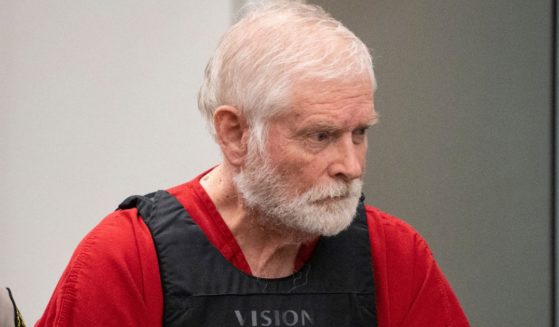Ohio governor delays 3 more executions while drugs reviewed
COLUMBUS, Ohio (AP) — Gov. Mike DeWine on Thursday delayed three additional executions to give the Ohio prison system time to develop a new lethal injection method, responding to a federal judge’s scathing critique of the first drug used in the current process.
Federal Magistrate Judge Michael Merz said in January that inmates could suffer severe pain and an experience similar to waterboarding because the drug, the sedative midazolam, doesn’t render them deeply enough unconscious.
DeWine, a Republican, delayed a February execution after the judge’s ruling and ordered the Department of Rehabilitation and Correction to develop a new process. But Merz questioned why Ohio was preparing for additional executions, given that directive.
DeWine said Thursday it was “highly unlikely” any new injection process would make it through expected lawsuits in time for the next three executions.
The governor “is also mindful of the emotional trauma experienced by victims’ families, prosecutors, law enforcement, and DRC employees when an execution is prepared for and then rescheduled,” DeWine’s office said in a statement.
The inmates affected by the decision, their old execution dates, and their new dates:
— Cleveland Jackson. Originally scheduled to die May 29 for fatally shooting a 17-year-old in Lima in 2002 in a bloody drug-related robbery on a crowded home. New date: Nov. 13.
— Kareem Jackson. Originally scheduled to die July 10 for shooting and killing two men in Columbus during a 1997 robbery. New date: Jan. 16, 2020.
— Gregory Lott. Originally scheduled to die Aug. 14 for setting an 82-year-old man on fire in a 1986 East Cleveland robbery. New date: March 12, 2020.
In January, following the judge’s ruling, DeWine rescheduled the execution of Keith Henness from Feb. 13 to Sept. 12.
Henness was convicted of killing 51-year-old Richard Myers in Columbus in 1992. Authorities say Myers had been helping Henness find a drug treatment for his wife.
Whether any of these four executions happens on the new dates is up in the air. Ohio, like other death penalty states, has struggled to find drugs for lethal injection. Even if it announced a new procedure this month, the method would then undergo months or years of court scrutiny.
After Ohio started looking for new drugs in 2014, it took the state more than three years to establish its current three-drug lethal injection protocol. Since then, it has become even more difficult for states to find drugs.
“Ohio’s not going to execute someone under my watch when a federal judge has found it to be cruel and unusual punishment,” DeWine said last month.
Because of Ohio’s use of midazolam, Merz called the constitutionality of the state’s system into question in his Jan. 14 ruling.
A veteran prosecutor with jurisdiction over the Kareem Jackson case said Thursday it’s time for Ohio lawmakers to consider other execution methods, such as nitrogen gas.
Such a review is needed “to avoid repeated delays of lawful sentences that have been upheld after years of post-conviction litigation,” said Franklin County prosecutor Ron O’Brien. O’Brien is a longtime critic of such delays.
But Cuyahoga County prosecutor Michael O’Malley, with jurisdiction over the Gregory Lott case, said DeWine’s decision was the right call, given Merz’s ruling.
“We look forward to justice being served in March of 2020,” said Tyler Sinclair, an O’Malley spokesman.
Ohioans should continue to expect uncertainty over executions because of the judge’s ruling on midazolam, the size of the ongoing lawsuit over lethal injection, and the “lack of clarity” around a possible resolution, said Kevin Werner, executive director of Ohioans To Stop Executions, the state’s largest anti-death penalty group.
The Western Journal has not reviewed this Associated Press story prior to publication. Therefore, it may contain editorial bias or may in some other way not meet our normal editorial standards. It is provided to our readers as a service from The Western Journal.
Truth and Accuracy
We are committed to truth and accuracy in all of our journalism. Read our editorial standards.












